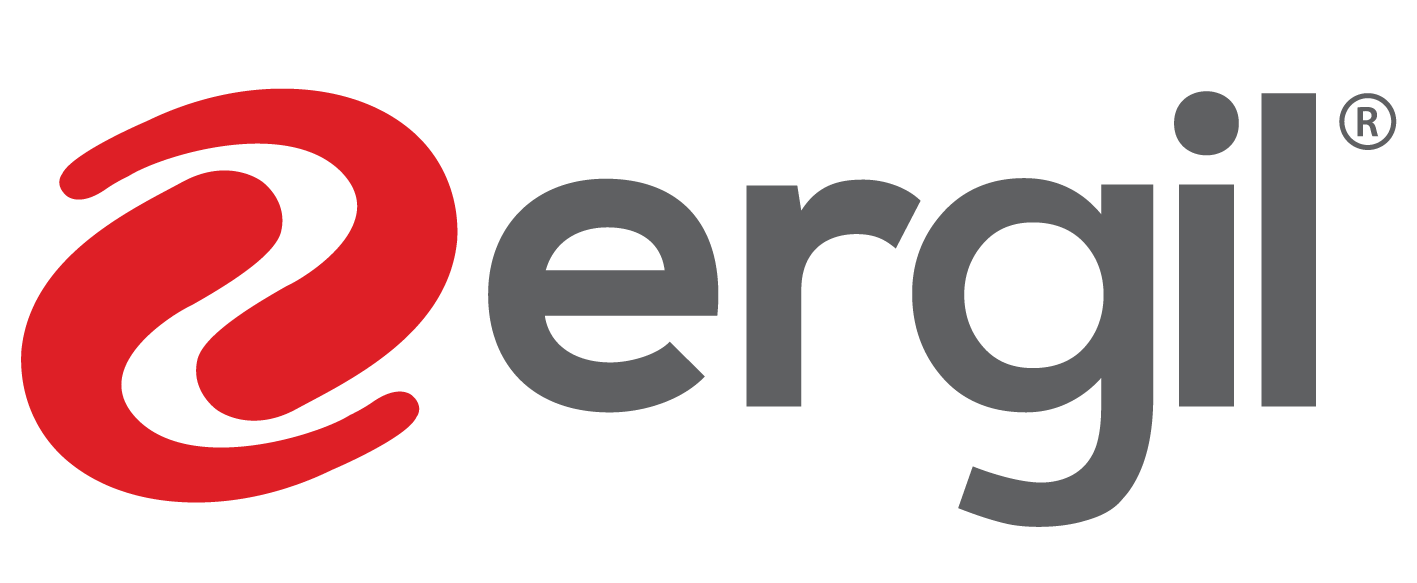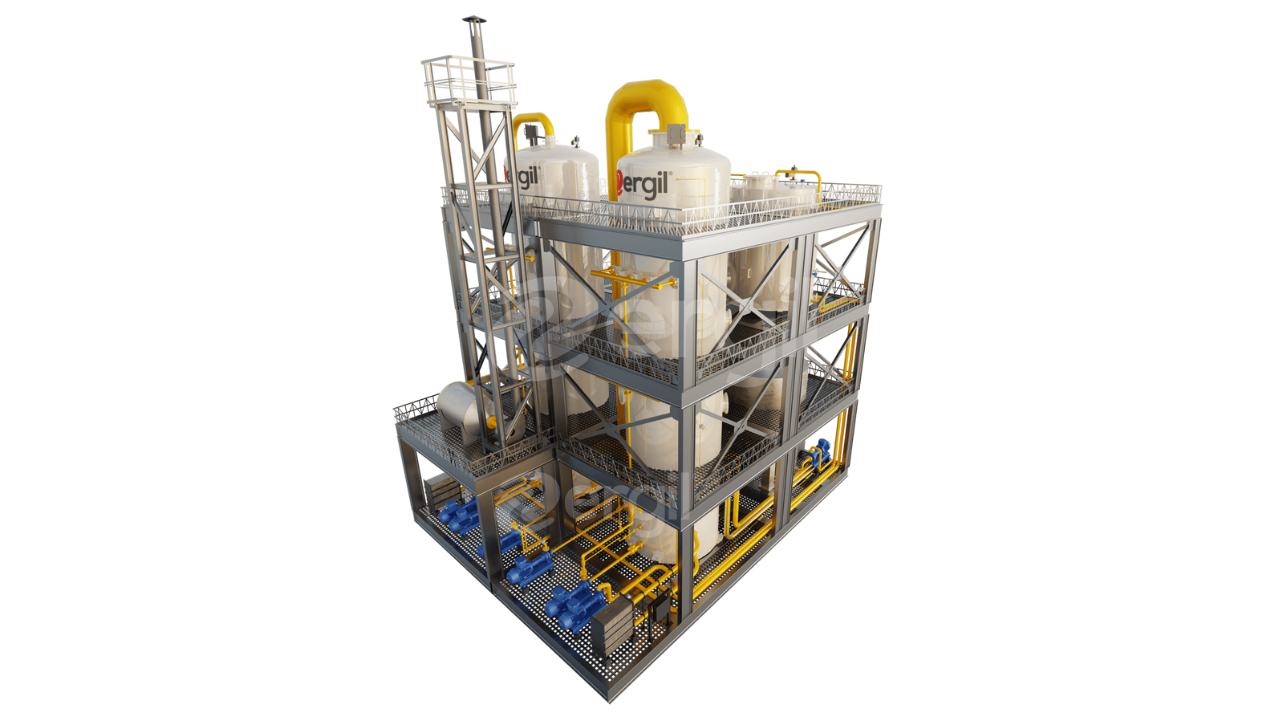ERGIL Proudly Contributed to the Expansion of the Transit Gas Pipeline Network of “TurkStream” on the Turkish – Bulgarian Border
ERGIL Proudly Contributed to the Expansion of the Transit Gas Pipeline Network of “TurkStream” on the Turkish – Bulgarian Border.
TurkStream Project Overview
TurkStream directly connects the large gas reserves in Russia to the Turkish gas transportation network, to provide reliable energy supplies for Turkey, south and southeast Europe.
The offshore component of the system consists of two parallel pipelines running through the Black Sea. The pipelines enter the water near Anapa, on the Russian coast, and come ashore on the Turkish coast in the Thrace region, near the town of Kiyikoy.
From the receiving terminal in Kiyikoy, one of the two underground onshore pipelines will connect to the existing Turkish gas network at Luleburgaz. The other pipeline will continue to the Turkish-European border, where it ends.
TurkStream will be the key solution for the energy supply security of Turkey and Europe by providing a direct connection to Russian gas reserves, to transport up to 31.5 billion cubic metres of gas to the region each year.
Russia intends to divert exports from the existing Trans-Balkan line which links Ukraine to Turkey and Greece via Moldova, Romania and Bulgaria to the TurkStream corridor. The latter is made up of two lines of 15.75 billion cubic metres/year each. TurkStream 1 is designed to feed the Turkish market, while TurkStream 2 will transit gas to Bulgaria, Serbia and Hungary as well as to Greece.
The expansion of the existing transmission system and the realisation of the Balkan Gas Hub concept aim to conserve the role of the Republic of Bulgaria as a leading gas trading and distribution hub in the region and the EU. The project for expansion of the gas transmission system, Balkan Stream, is a priority for the Bulgarian government and aims to improve security of supplies of gas from different sources and to enhance competition and transparency of the gas market; in turn, this is hoped to have a positive effect for natural gas consumers.
ERGIL’s Key Role in the Project
The 474 kilometer (295 mi) cross-border route is designed to become a part of the second leg of the TurkStream -informally known as Balkan Stream- gas pipeline that will handle 15.75 billion cubic meters (bcm) of gas per year transiting from Turkey to Serbia through Bulgaria. Two compressor stations and an 11.5 km gas pipeline from the Bulgarian-Turkish border to the Strandzha compressor station is a part of second leg of TurkStream. Bulgaria has an operating gas transporting system that can link the country with TurkStream in Turkey and the national gas grid of Serbia. The forecast of investment costs is about € 1.4 billion.
TurkStream is a 910 kilometer (566 mi) long twin gas pipeline that has an estimated throughput capacity of 15.75 bcm of gas per year for each of the two lines. The first string is designed only for Turkish consumers and is expected to start operating by the end of this year, while the second string is intended for southern and southeastern Europe.
ERGIL is proud to be part of the second leg of TurkStream, which is planned to deliver natural gas to Bulgaria, Serbia and Hungary.
Ergil has manufactured the Pig Trap (48’’x52’’ Pig Receiver) with Quick Opening Closure that has been used in the gas pipeline extension from the Turkish border to the Strandzha gas compressor station and connection node to the transit gas pipe lines TG1 & TG2.
The Pig Trap was manufactured according to ASME design code B31.8 Sec.VIII Div.1. It was welded by certified welders in ERGIL’s workshop. All materials which were used for the Pig Trap have certificates as per international standards.
Furthermore, one of the biggest QOC (in diameter) possible in the gas piping industry was manufactured by ERGIL’s CNC machines for this Pig Trap. The QOC has its own reduction gearbox which is a must for easy opening and closing.
100% radiographic tests were performed for all welding joints and PWHT (Post Weld Heat Treatment) was applied to both Pig Receiver and QOC. Hydrotests were successfully completed at 112,5 bar pressure.
This project was kicked off in May and successfully completed and delivered to Strandzha on time as per schedule in September.







